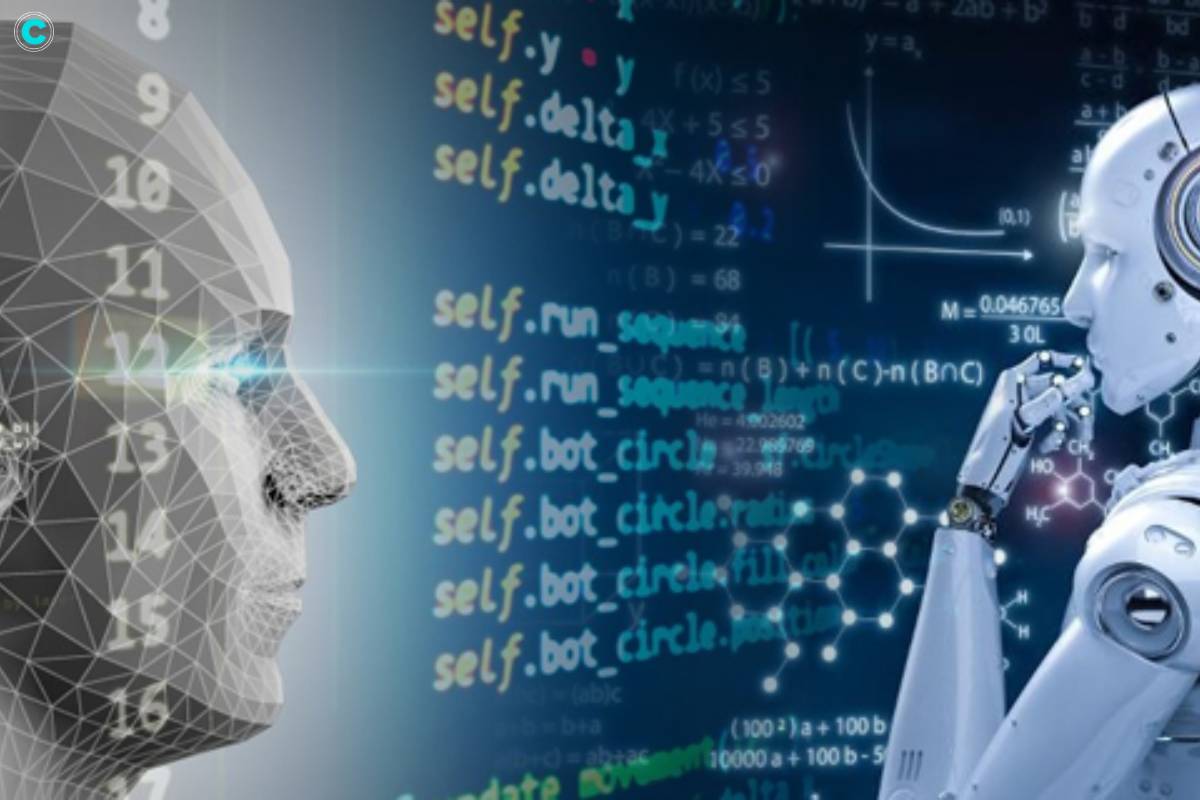(Source – cimachinelearning)
The nexus of computational intelligence and neuroscience offers an intriguing area in the rapidly developing digital world, where security and privacy concerns are prime. This paper sets out to investigate how these two domains working together could revolutionize privacy and security protocols. The intersection of Computational Intelligence and Neuroscience presents a paradigm change in protecting our digital landscapes, ranging from adaptive privacy frameworks to enhanced threat detection.
Understanding Computational Intelligence and Neuroscience in Security:
Defining Computational Intelligence
Computational Intelligence (CI) refers to the study of various computational methodologies that emulate the principles of natural intelligence. It encompasses a spectrum of techniques such as artificial neural networks, genetic algorithms, and fuzzy logic. Applied to security, CI empowers systems to learn, adapt, and make informed decisions based on data, mimicking the intricacies of the human mind.
Neuroscience in the Digital Sphere
Bringing insights from neuroscience into the digital realm involves understanding how the human brain processes information, recognizes patterns and responds to stimuli. By integrating principles from neuroscience, security systems can emulate the human ability to discern between normal and anomalous activities, enhancing threat detection and response.
Applications of Computational Intelligence and Neuroscience in Security:
1. Behavioral Biometrics for User Authentication
Computational Intelligence, inspired by neuroscience, is instrumental in the development of advanced behavioral biometrics. By analyzing user behavior patterns, such as typing speed, mouse movements, and navigation habits, security systems can employ CI algorithms to create unique user profiles. This approach enhances user authentication by adding a dynamic layer based on real-time behavioral attributes.
2. Adaptive Threat Detection

Traditional security measures often struggle to keep pace with evolving cyber threats. Computational Intelligence, influenced by neuroscience, introduces adaptive threat detection mechanisms. By learning from historical data and recognizing subtle patterns indicative of potential threats, CI algorithms enable security systems to adapt and evolve in real time to counter emerging threats effectively.
3. Cognitive Security for Proactive Defense
Inspired by cognitive neuroscience, Computational Intelligence contributes to the development of cognitive security frameworks. These frameworks leverage machine learning algorithms to simulate cognitive processes, enabling systems to understand, reason, and learn from diverse sources of information. Cognitive security goes beyond rule-based approaches, allowing for a more nuanced and proactive defense against sophisticated threats.
Benefits of Computational Intelligence and Neuroscience in Security:
1. Dynamic Adaptability
The dynamic adaptability of Computational Intelligence, influenced by neuroscience, is a key benefit in the realm of security. Systems equipped with CI algorithms can autonomously adapt to changing threat landscapes, continuously learning and refining their threat detection capabilities.
2. Pattern Recognition and Anomaly Detection
Computational Intelligence excels in pattern recognition and anomaly detection, mirroring the capabilities of the human brain. By analyzing vast datasets, CI algorithms can identify patterns associated with normal behavior and flag anomalies that may indicate security threats. This proactive approach enhances the overall effectiveness of security measures.
3. Human-Centric Security Solutions

Incorporating insights from neuroscience into security solutions results in human-centric approaches. By understanding how humans perceive and respond to security measures, CI algorithms can be tailored to enhance user experience while maintaining robust security protocols. This human-centric focus contributes to the acceptance and adoption of security measures.
Developing Effective Computational Intelligence and Neuroscience Solutions:
1. Comprehensive Data Collection and Training
The effectiveness of Computational Intelligence in security hinges on comprehensive data collection and training. Security systems must be exposed to diverse datasets that encompass normal and potentially malicious activities. Training CI algorithms on this data allows them to learn and adapt to the nuances of the digital environment.
2. Interdisciplinary Collaboration
Developing effective solutions at the intersection of Computational Intelligence and Neuroscience requires interdisciplinary collaboration. Cybersecurity experts, data scientists, and neuroscientists must collaborate to integrate principles from both domains seamlessly. This collaboration ensures that security solutions align with the intricacies of human cognition and behavior.
3. Ethical Considerations in Privacy Protection
As Computational Intelligence and Neuroscience contribute to advanced security measures, ethical considerations become paramount. Privacy protection should be a fundamental aspect of these solutions, and measures must be in place to ensure that user data is handled responsibly, and adhering to legal and ethical standards.
Challenges and Considerations in Computational Intelligence and Neuroscience Security Solutions:
1. Interpretable and Explainable AI
The complexity of Computational Intelligence algorithms often results in models that are challenging to interpret. In security solutions, the interpretability of AI models is crucial for building trust and understanding the rationale behind security decisions. Advancements in explainable AI are essential to address this challenge.
2. Neuroethics and Privacy Concerns

Neuroethical considerations in the application of neuroscience principles to security are vital. Understanding the ethical implications of leveraging insights from neuroscience for security purposes is essential to prevent unintended consequences and ensure the protection of individual privacy.
The Future of Computational Intelligence and Neuroscience in Security:
1. Neuromorphic Computing for Enhanced Processing
The future of Computational Intelligence and Neuroscience in security involves the integration of neuromorphic computing. Inspired by the structure and function of the human brain, neuromorphic computing architectures promise enhanced processing capabilities, allowing security systems to emulate human-like cognitive functions for more sophisticated threat detection.
2. Bio-Inspired Security Models
Drawing inspiration from the human brain, future security models may adopt bio-inspired architectures. These models could mimic the neural networks and interconnectedness found in the human brain, providing a more holistic and adaptive approach to cybersecurity.
Conclusion: Pioneering a New Era in Security and Privacy
The combination of Neuroscience and Computational Intelligence is becoming a leading force in improving security and privacy protocols as the digital world develops. With its combination of human-centric security solutions and adaptive threat detection, this synergy provides a comprehensive strategy for protecting our digital future.
Interpretability issues and ethical considerations are just two of the challenges that highlight the necessity of developing and implementing computational intelligence and neuroscience solutions in security responsibly. Neuromorphic computing and bio-inspired security models promise to transform security and privacy paradigms in an increasingly networked society in the future. The advent of Computational Intelligence and Neuroscience in the field of security heralds a revolutionary path toward a digital environment that is more resilient and adaptable.






